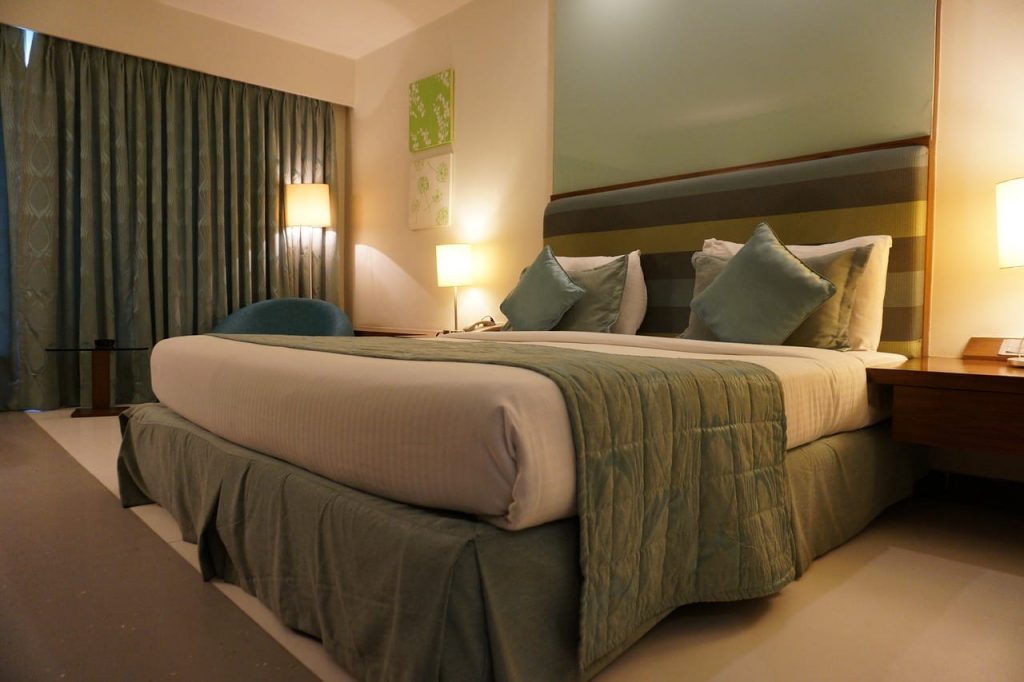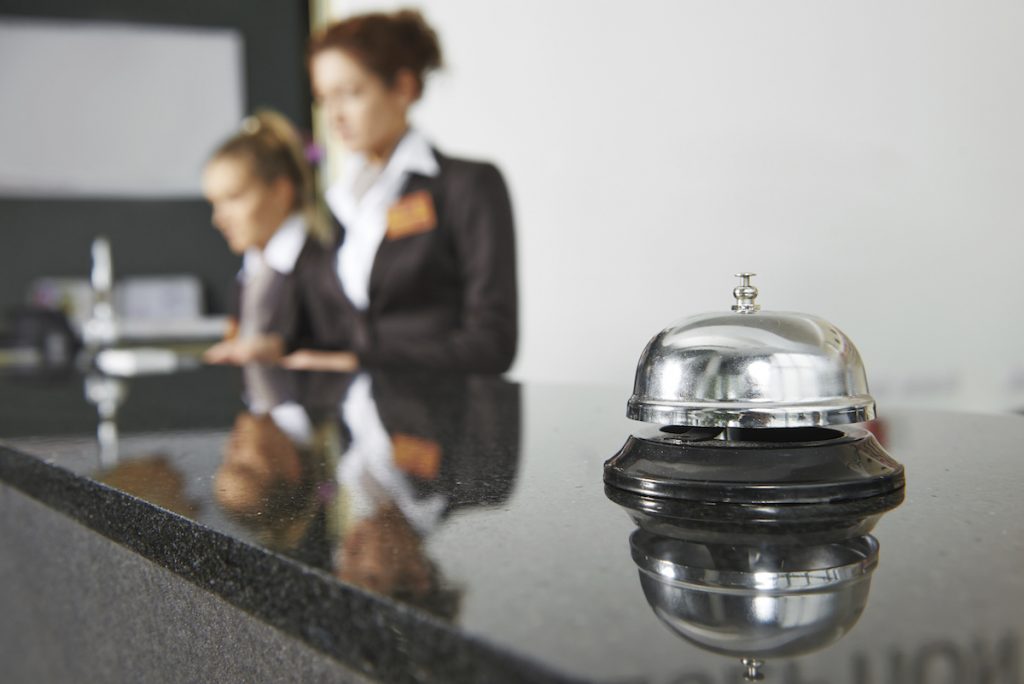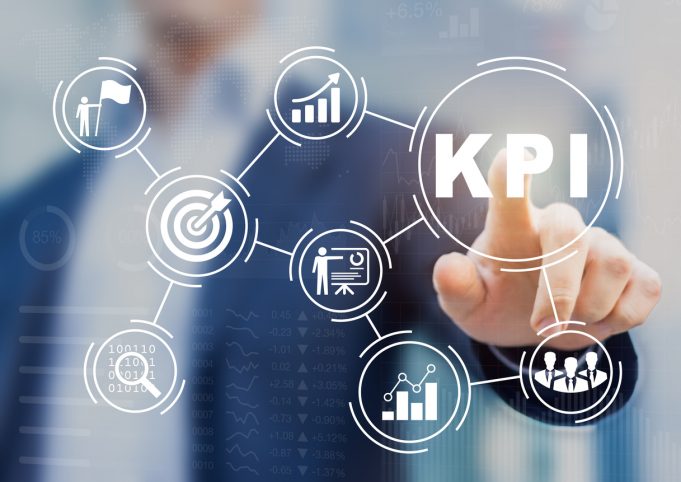First, a crash course reminder. KPI stands for Key Performance Indicator and it’s a measurable value that lets you benchmark how well your business is performing and whether or not it’s on track to meet its objectives. Like any other business, hotel businesses also have a set of KPIs that help general managers assess the performance of the hotel they run.
In this article, we will look at the Top 5 list of the Key Performance Indicators that can make or break your hotel business.
1. Total Available Rooms

Total Available Rooms represent the number of rooms available to be booked in the inventory. To calculate the Total Available Rooms sum up all of the Available Rooms and all of the Occupied Rooms. The difference between Total Available Rooms and Total Rooms at the hotel is that the Total Available Rooms would exclude any rooms which are out of service due to maintenance.
Keeping an eye on this metric is essential for planning your inventory. It is also used as an input in calculating other popular metrics discussed further below.
2. Average Daily Rate (ADR)

The average daily rate is another popular metric used in the hotel business. It is used to measure the average rate charged in a day across all rooms sold. To put it simply, the average daily rate (ADR) can tell you how much revenue your hotel generates per room sold. The higher the ADR, the more money your hotel makes per room sold. One drawback of ADR is that it doesn’t take into account any commissions paid to third-parties or payment processors or any refunds issued to customers which would be offset against hotel sales.
3. Revenue per Available Room (RevPAR)

Revenue per available room a.k.a. RevPAR is a popular performance metric in the hotel industry. It helps evaluate a hotel’s operational performance and can be used as a guide in making future investment decisions.
Calculating the RevPAR is a productivity indicator for any hotel investor. It closely reflects how much a hotel can charge for its rooms and how capable it is at selling the available inventory. One drawback of RevPAR is that it doesn’t include income generated from food, beverages or other services a hotel may provide. It also doesn’t take into account the cost of performing these additional services. You can read more about RevPAR here.
4. Occupancy Rate

The occupancy rate represents a percentage of rooms occupied for a specific period. It can be calculated by dividing the number of Occupied Rooms with the Total Available Rooms. In 2019, more and more hotels pursue an aggressive revenue management strategy. The effect of this is that the relationship between Revenue and Occupancy Rate will not be linear. In other words, if your occupancy rate goes up, it doesn’t always mean your revenues will go.
One area where the occupancy rate is important is in the planning of the operational side of the business. It can help you plan your staff, food and cleaning supplies, etc.
5. Online reviews

There have been a number of studies proving that people read online reviews before making a purchase. Your hotel’s online reviews on Booking.com, Expedia and TripAdvisor can be an important influence on your business performance. A prompt reply to all your reviews, be it positive or negative, can show potential customers that you are business that cares and values their custom.









